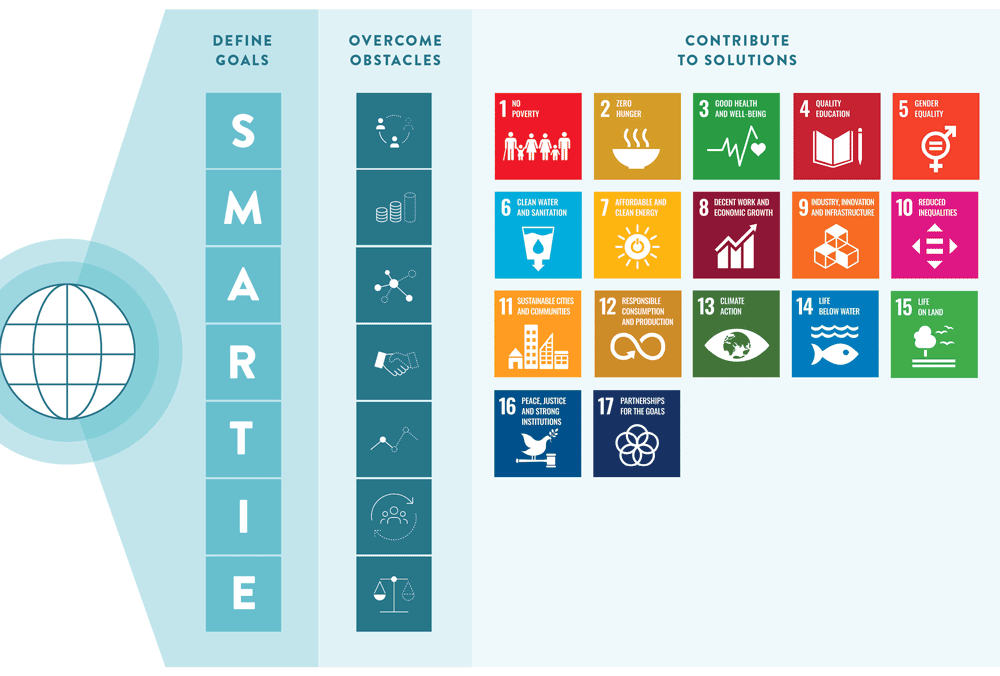What is Successful Digital Marketing?

In this article we explore different ways to define, adopt, and measure successful digital marketing.
“What does success look like?”
It’s an important question we ask clients in every discovery workshop or product roadmapping session. Success in digital marketing can mean different things to different stakeholders within and outside of your organization.
For example, sustainable digital marketing success focuses on measurable, long-term practices driven by continuous improvement for campaigns that serve multiple stakeholders, including the environment. Hence, it is critical to create consensus early on about what success looks like and how you will measure it over time.
Most organizations address digital marketing challenges by improving the performance of a website, social profile, or online campaign. While this approach is essential to any digital strategy, the definition of successful digital marketing shouldn’t be limited to only these things.
In fact, there are several facets of any organization that can be improved through digital marketing. Your definition of success should be tailored to your organization, just like your digital activities should be tailored to your needs and available resources.
Of course, successful digital marketing also requires that you know your audience’s needs and pain points and understand which marketing metrics are important to your organization overall.
Defining Digital Marketing Success
Also, it is important to keep in mind that ethical digital marketing supports current and emerging data privacy legislation. In other words, if you’re going to track people across your site, make sure you get informed consent first. This is part of a more equitable and sustainable approach to data governance.
Below is a breakdown of several different types of digital marketing success metrics that your organization might consider monitoring.
1. Engagement
Measuring engagement—likes, clicks, shares, and so on—is one of the most common ways to define successful digital marketing. It makes sense: by measuring how people engage with your online activities, you get direct metrics about the people you hope to reach. That’s important to every marketer.
The key to deciding which metrics to track is to figure out what information will help you make decisions in the future. You don’t need to track everything, just the metrics that your digital activities are trying to improve.
Metrics to consider:
- How many people visit your website?
- How long people spend on your site?
- What are the most popular pages on your site?
- Number of followers you have on social media
- Engagement rates (likes, shares, comments) on social media
- Open rates on email marketing
- Click-through rates on email marketing
- Click-through rates from search engine results or online ads
The options for engagement metrics are endless, so choose several that are most important to you and work on improving those.
2. Your Conversion Funnel
In addition to measuring whether people engage with your organization online, you should also track the process they go through as they engage with you. Most organizations create one or more conversion funnels that they want their target audience to complete. Typically this involves the following steps:
- Awareness – At this stage, someone is learning about your organization and what it offers.
- Consideration – Next, they are seriously considering your organization and want to learn more before making a decision (conversion).
- Conversion – They take an action that you want them to complete. This can range from purchasing a product or making a donation to filling in a form or signing up for an email newsletter.
- Loyalty – At this stage someone who has already converted makes additional conversions and establishes a relationship with your organization.
- Advocacy – The person starts to refer your organization to others.
Think about how you can improve this funnel and track metrics that reflect peoples’ progress through it.
Metrics to consider:
- How many people are entering your funnel?
- How many people are moving through each stage in the funnel?
- How easy is it for people to get through the funnel? Are people having problems that you can fix?
- How many people are converting?
- How many people drop off before or after converting?
- What channels generate the most funnel entries?
- What channels generate the most funnel conversions?
- How long does it take for people to move through the entire funnel?
If increasing conversions is a goal for your organization then improving conversion funnel metrics are critical for success.
3. Brand Perception
Establishing and maintaining a good reputation is very important for a brand or organization’s success. This can be hard to measure because emotions are difficult to track. That said, if digital marketing is able to positively influence these metrics, then the whole organization will benefit.
Metrics to consider:
- What is the social sentiment when your organization is mentioned by people online? There are dozens of tools out there that will determine if user-generated content about your organization is generally positive, neutral or negative. You could also consider using digital surveys or conducting research to find this out.
- Do people think the content you create is valuable?
- Do people link to your website? If so, how many? And from where?
A better perception of your brand can lead to stronger relationships so it’s worth considering how your digital marketing can help with this.
4. Internal Collaboration
Successful digital marketing relies on team members working together to create consistent messaging and a unified strategy. This can start to get complicated when there are multiple groups involved. Larger organizations often end up with siloed departments that don’t communicate with each other on their digital efforts.
Working on improving this collaboration will lead to a better strategy and improved results. Try consolidating schedules and running human-centered design workshops to build consensus among different stakeholders.
Metrics to consider:
- How many departments are using the same strategy and content calendar?
- Are departments sharing information with each other?
- Has collaboration decreased the internal workload?
A digital marketing strategy that improves internal processes will help your organization’s overall productivity and that is certainly worth considering when measuring a strategy’s success.
5. Customer Service Processes
By providing people with access to online content and functionality online, you can improve their customer service experience while reducing your internal workload. A digital strategy should include plans on how to deal with online customer service inquiries or complaints while providing people with clear directions on how to get in touch.
Metrics to consider:
- How many customer service phone calls are we receiving?
- How many customer service inquiries are we receiving online through email, social media, and form submissions?
- What is our response time to online customer service inquiries?
- How many people viewed content that answers frequently asked questions?
Working to improve the online experience for your customer service will not only benefit your relationship with each individual, it will also help to strengthen the processes for your internal teams too.

6. SMARTIE Goals
Finally, while not a metric per se, SMARTIE goals are meant to drive change. Here’s how they can help you define a more sustainable and equitable approach to digital marketing success:
- Specific: Your goal should be clear and explain what you want to do.
- Measureable: Your goal should have some measurement that defines success. This should be a metric you can track.
- Achievable: Is it possible for you to fulfill the tasks you need in order to meet these goals? Do you have enough money, resources, people, etc?
- Realistic: Your goal should be realistic to achieve, not impossible pie-in-the-sky aspirations.
- Time-bound: Define a time period for achieving this goal. At that point, you’ll need to assess whether or not you were successful and whether to continue pursuing this goal.
- Inclusive: Bring traditionally excluded stakeholders into the goal-setting and decision-making process in a way that shares power.
- Equitable: Incorporate fairness and justice in goal-setting and decision-making.
Successful Digital Marketing: What Does it Mean to You?
Defining what ‘success’ means when you are creating a digital strategy will help you determine what activities you should undertake and what metrics you should track. By expanding your understanding of what successful digital marketing means, you can broaden the impact of your efforts to more areas of the organization and for the people you’re trying to serve.
Improve Your Data Privacy & Security Practices
Download our free Data Privacy Checklist
Download the Checklist


